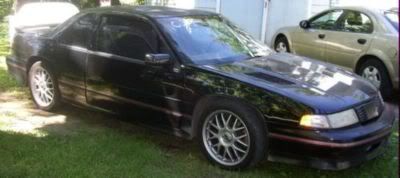A little something I found on cats:
The ongoing evolution of catalytic converter technology is driven by the need to maximize results with respect to vehicle acoustics, performance and emissions control. As complexity increases and warranty periods are extended, catalytic converter manufacturers face an ongoing financial risk when units fail before their life expectancy is reached. The long-term effectiveness of the catalytic converter can be impacted by factors outside of the exhaust system control, (e.g. gas quality) which augments the risk of premature catalytic failure.
Background - Automotive catalytic converters must provide a very high level of mechanical and thermal durability to maintain performance during their 100,000 to 150,000 mile life expectancy. The modern day catalytic converter consists of a coated converter substrate packaged in protective mat material and housed in a metallic can to contain the hot exhaust gasses. The mat material plays a critical role in protecting the substrate from engine and road induced vibrations and exhaust induced thermal and pressure stresses. However, little or no consideration is given to the mat material dynamic properties during the converter design effort. Nevertheless converter design acceptance is based on accelerated hot vibration aging tests where the converter is subjected to engine induced high temperature exhaust gases with a high level of shaker induced can vibration, often at 75 g's or higher. The objective of the investigation is to demonstrate that catalytic converter durability design can be accomplished in a cost effective manner using a fundamental mechanical modeling approach employing coupon level mat material fragility data.







 Get a tape measure.
Get a tape measure.
Comment